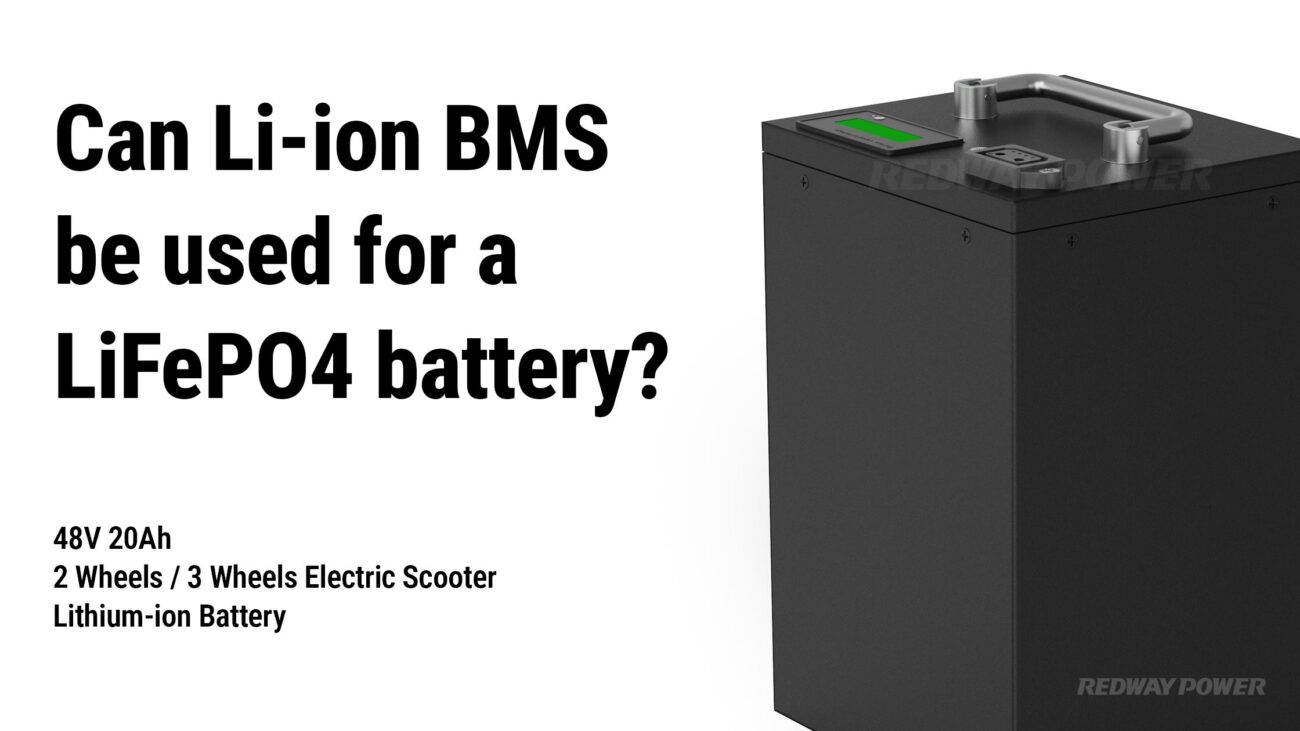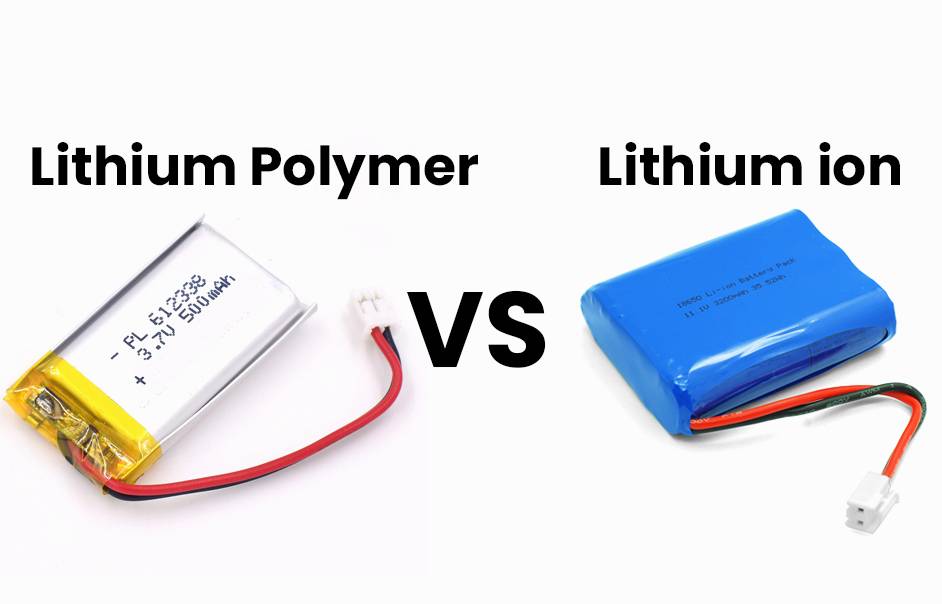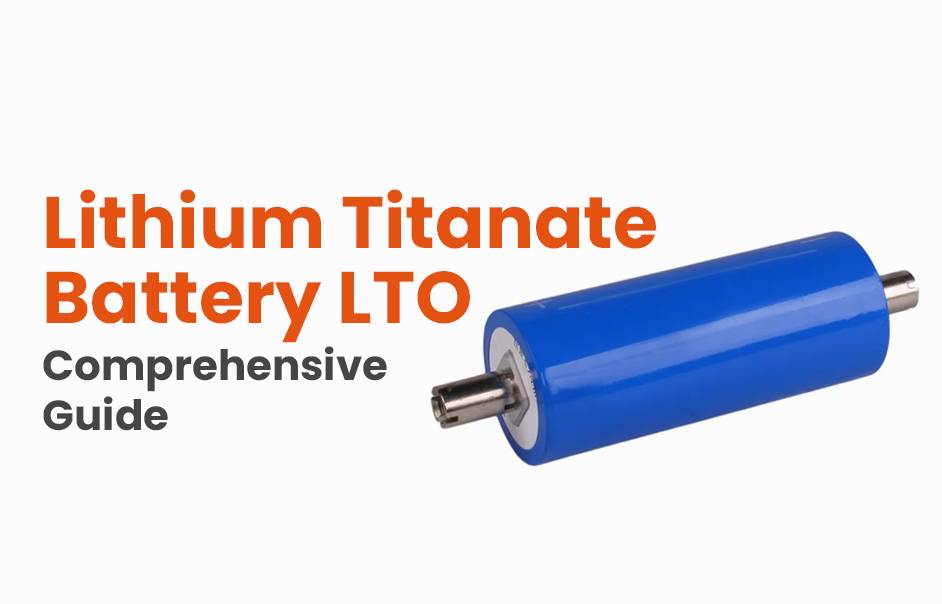
Blog
Exploring the Latest Advancements in Battery Technology for 2024-2025

As we approach 2024-2025, advancements in battery technology are poised to revolutionize energy storage solutions across various sectors, including electric vehicles and renewable energy systems. This comprehensive guide explores the latest innovations in battery technology, focusing on lithium-sulfur, solid-state, silicon anode, and sodium-ion batteries.
What Is Lithium-Sulfur Battery Technology?
Lithium-sulfur (Li-S) battery technology utilizes sulfur as a cathode material instead of traditional materials like cobalt or nickel found in lithium-ion batteries. This innovation promises higher energy density—potentially up to five times greater than conventional lithium-ion batteries—while also being more cost-effective due to the abundance of sulfur.
What Are Solid-State Batteries?
Solid-state batteries represent a significant leap forward in battery design by using solid electrolytes instead of liquid ones. This change enhances safety by reducing risks associated with leaks and thermal runaway while also increasing energy density and longevity compared to traditional lithium-ion batteries.
What Are Silicon Anode Batteries?
Silicon anode batteries replace graphite with silicon for the anode material, resulting in much higher capacity—up to ten times that of conventional graphite anodes. This technology is particularly promising for electric vehicles as it allows for longer ranges and faster charging times but faces challenges related to silicon’s tendency to expand and contract during charge cycles.
What Are Sodium-Ion Batteries?
Sodium-ion batteries utilize sodium ions instead of lithium ions for charge transport, making them a more sustainable alternative given sodium’s abundance compared to lithium resources. While they currently offer lower energy density than lithium-ion options, ongoing research aims to improve their performance and viability for large-scale applications.
What Innovations Are Expected in Battery Management Systems?
Battery management systems (BMS) are evolving rapidly with advancements in artificial intelligence (AI) and the Internet of Things (IoT). These innovations enable real-time monitoring of battery health, optimization of charging cycles based on usage patterns, and enhanced safety features that prevent overheating or overcharging.
How Do These New Technologies Compare to Traditional Lithium-Ion Batteries?
Emerging battery technologies generally provide several advantages over traditional lithium-ion batteries:
- Safety: Solid-state and Li-S technologies reduce risks associated with overheating.
- Energy Density: Many new designs promise higher energy storage capabilities.
- However, they may come with increased costs or require new manufacturing processes that are still being developed.
What Are the Environmental Impacts of Emerging Battery Technologies?
The environmental impacts vary:
- Lithium-sulfur and sodium-ion technologies aim to minimize resource extraction impacts by utilizing more abundant materials.
- Improved recycling processes are being developed to handle waste more effectively.
- Overall, these advancements seek to create a more sustainable battery lifecycle compared to traditional lithium-ion systems.
What Applications Will Benefit Most from New Battery Technologies?
Applications poised for significant benefits include:
- Electric vehicles that require high energy density for extended range.
- Renewable energy storage systems that need efficient long-term storage solutions.
- Consumer electronics looking for lightweight yet powerful battery options.
How Do Charging Characteristics Differ Among New Battery Technologies?
Charging characteristics can vary widely:
- Solid-state batteries may allow for faster charging due to their improved conductivity.
- Lithium-sulfur batteries are expected to require specific charging protocols due to their unique chemistry.
Understanding these differences is crucial for optimizing performance across applications.
What Safety Considerations Should Be Taken with New Battery Types?
Safety considerations include:
- Ensuring proper handling protocols during manufacturing and disposal.
- Implementing robust BMS solutions that monitor temperature and charge levels.
- Conducting thorough testing under various conditions before widespread adoption.
How Will Market Trends Influence Battery Technology Development in 2025?
Market trends indicate a growing demand for sustainable energy solutions:
- Increased investment in research will likely lead to rapid advancements in battery technology.
- Consumer expectations for longer-lasting, faster-charging devices will drive innovation across all sectors related to battery production.
Expert Views:
“The future of battery technology is not just about improving performance; it’s also about sustainability,” states an expert in clean energy solutions. “As we move towards 2025, innovations must address both efficiency and environmental impact.”
FAQ Section
- Which new battery technology offers the highest energy density?
- Lithium-sulfur batteries currently promise the highest theoretical energy density among emerging technologies.
- Are solid-state batteries safe for consumer use?
- Yes, solid-state batteries are designed with enhanced safety features that mitigate risks associated with traditional liquid electrolyte systems.
- How long can I expect these new battery technologies to last?
- Lifespan varies by technology; many new designs aim for longevity comparable or superior to current lithium-ion standards (typically 5–10 years).










